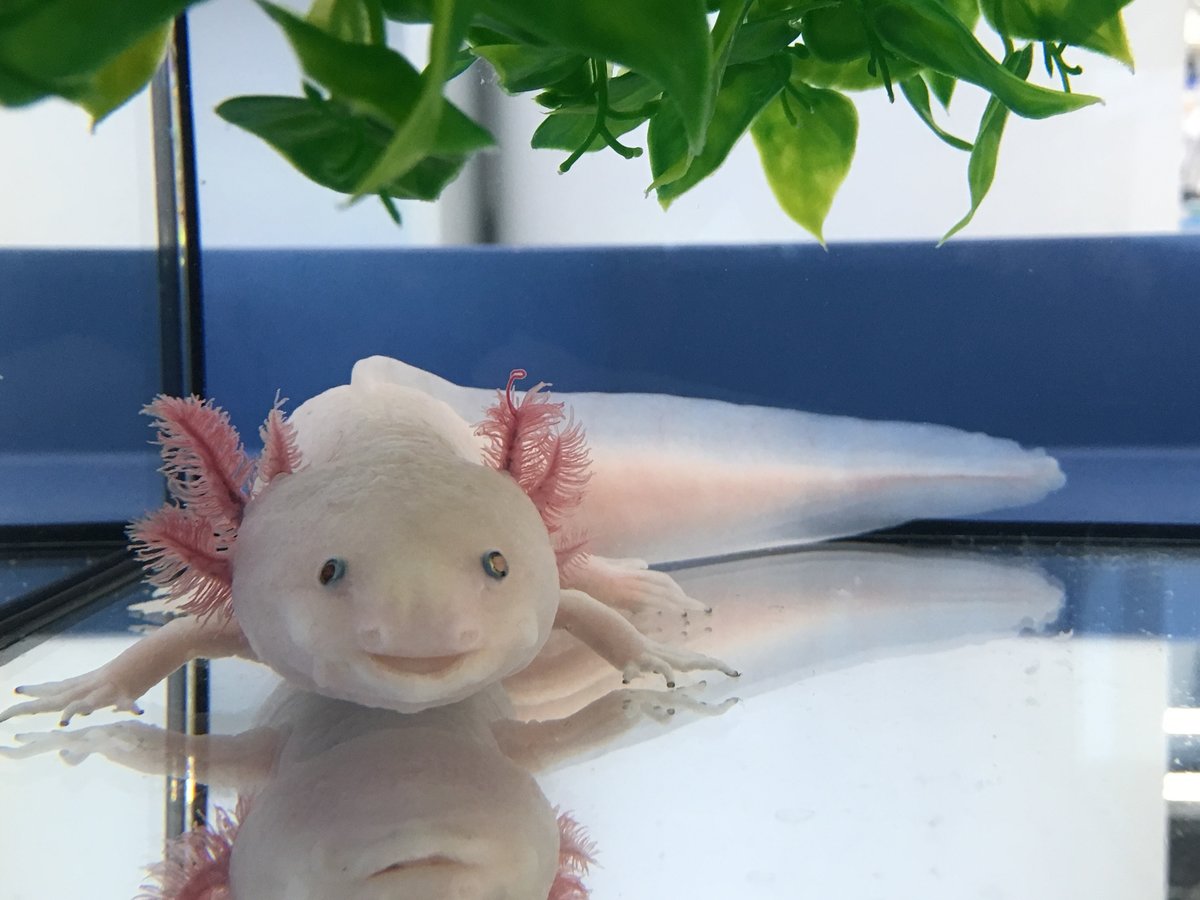
Prosthetics can be a lifesaver when a person loses a limb, but wouldn’t it be better if we could re-grow that missing part instead of 3D printing one? Amphibians, like the Mexican salamander Axolotl, can regenerate limbs, and that is why scientists have been studying their unique physiology for more than 150 years. A team of scientists in Vienna went beyond physiology and delved into the genetics of the salamander, identifying genes involved in regrowing limb tissue. We still may be a long way away from growing new arms and legs, but this discovery brings us one step closer to understanding how this regeneration occurs at the molecular and genetic level.
The regeneration of missing limbs may appear to be science fiction, but it isn’t. The Mexican salamander Axolotl is particularly adept at re-growing body parts. It can regrow muscles, bones and even nerves within a few weeks after an injury. Not only can it regenerate on command, but the newly formed limb is a perfect substitute of the one that was lost. Incredibly, the salamander also can repair a damaged spinal cord or retinal tissue, making it abilities near God-like. It’s no wonder scientists have been cultivating it in the lab and studying it with such intensity.
Led by researcher Elly Tanaka, the team of scientists, now at the Research Institute of Molecular Pathology (IMP) in Vienna, works with one of the largest Axolotl colonies in the world. While working at the DFG-Center for Regenerative Therapies Dresden at the TU Dresden and the Max Planck Institute of Molecular Cell Biology and Genetics (MPI-CBG), Tanaka and her team uncovered some of the cells and molecular pathways that control the Axolotl’s regeneration process. This discovery provided deeper insight into how regeneration works, but they needed genetic data to fill in the gaps.
To best understand this process of regeneration, the Vienna scientists decided to undertake the arduous task of sequencing the entire genome of the Axolotl. Up until now, attempts to sequence the complete genome have failed due to the staggering size of the salamander’s complex genetic makeup. With 32 billion base pairs, the Axolotl’s genome is ten times larger than the human genome. Not only is it large, but it also contains many large repetitive sequences that existing sequencing machines and genomic analysis software can’t handle.
Tanaka, along with Michael Hiller and Gene Myers of MPI-CBG and Siegfried Schloissnig of the Heidelberg Institute for Theoretical Studies (HITS), were able to sequence, assemble, and analyze the entire genome using the PacBio platform. PacBio is unique because it can sequence a vast region of a genome in a single read. Even with this high-powered sequencer, it took 72.5 million reads and custom software co-developed by the researchers to stitch all this data together.
Once the genome was assembled successfully, scientists analyzed it and identified several genes that only exist in the Axolotl and other similar amphibians that can re-grow damaged limb tissues. “We now have the map in our hands to investigate how complicated structures such as legs can be re-grown,” says IMP post-doc researcher and co-author Sergej Nowoshilow in a press release from the Max Planck Society. The newly sequenced Axolotl genome is available publicly for other scientists to use in their research on limb and tissue regeneration.



